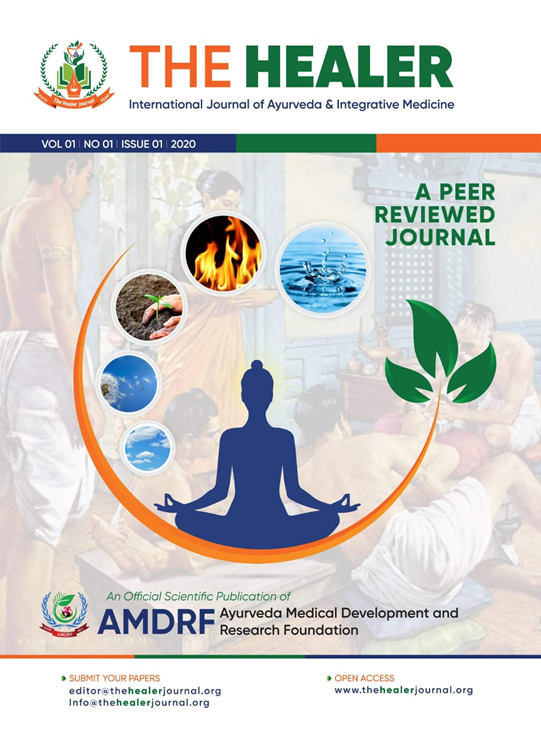Glimpses of Chandranighantu of Nepal: An Appraisal
Abstract
Introduction: Chandranighantu is a handwritten manuscript of Ayurveda about 250 years ago in Nepal by a well-known Vaidhya at that time of King Chandra Shamsher. It was believed that the dynasty brought to publish the manuscript with his name as Chandranighantu. It was completed in total of ten volume containing more than 900 medicinal plants and 200 minerals and metals which were available in Nepal only. Till date 5 volumes have been translated into Nepali and English language keeping the original along with; and published by Government of Nepal, but many stakeholders of Ayurveda especially Dravyaguna scholars are still unware of it worldwide. Hence, it was attempted to highlight its importance among Ayurveda scholars, researchers and practitioners. The aim of this documentation is to explore glimpses of Chandranighantu of Nepal and propagate its uniqueness regarding explanation of medicinal plants in the editions as well as handmade manuscripts with colour sketches. Methods: Singhadurbar Vaidykhana Vikas Samiti (SDVKVS), Ministry of Health and Population, Government of Nepal published the Chandranighantu (Volume I) in 2012 A.D., as a primary resource material. It was reviewed and glimpses or peculiarities have been compiled, critically analysed and presented in this work. Results: Chandranighantu has been written after Bhava Prakash Nighantu because most of the references have been taken from Raj nighantu, Kaidev nighantu, Madanpal nighantu and Bhava Prakash Nighantu It has been written in 10 volumes comprising 8 volumes with descriptions of medicinal plants and 2 volumes with descriptions of minerals and animal products. In this work, the first volume of the Chandranighantu has been reviewed that includes total 99 medicinal plants describing synonyms and their properties and actions. The prime peculiarities of this nighantu is addition of local and nepali name and the style of narration of medicinal plants along with very fine handmade colourful sketches of the plants including habitat, root, stem, leaves, fruits, flowers in ints natural colour, clearly differentiating its parts as well as types, which is helpful in proper identification of the plants. This style of description of colourful plants is not found in any other nighantu. This nighantu has found to be taken the basis of pre-existing nighantus such as Dhanwantarinighantu, Rajnighantu, Madanpalnighantu, Kaidev nighantu, Bhavaprakash nighantu and others including lexicons like Amarkosha. Synonyms of plants have been given in different languages like Nepali, Newari, Avadhi, Bhojpuri, Marathi, Bengali, Hindi etc. along with Sanskrit. Conclusion: This nighantu is the evidence of modern era history of medicinal plants use in the Ayurveda. This nighantu is written with the unique style of narration of medicinal plants by synonyms, properties and actions along with colourful sketches. The present critical review recommends scholars, academician, researchers and medicinal plants related experts of recent sciences to explore the hidden knowledge of botany, pharmacognosy, pharmacology and therapeutic uses into gaining deeper perspicuity benefitting the ailing humanity













